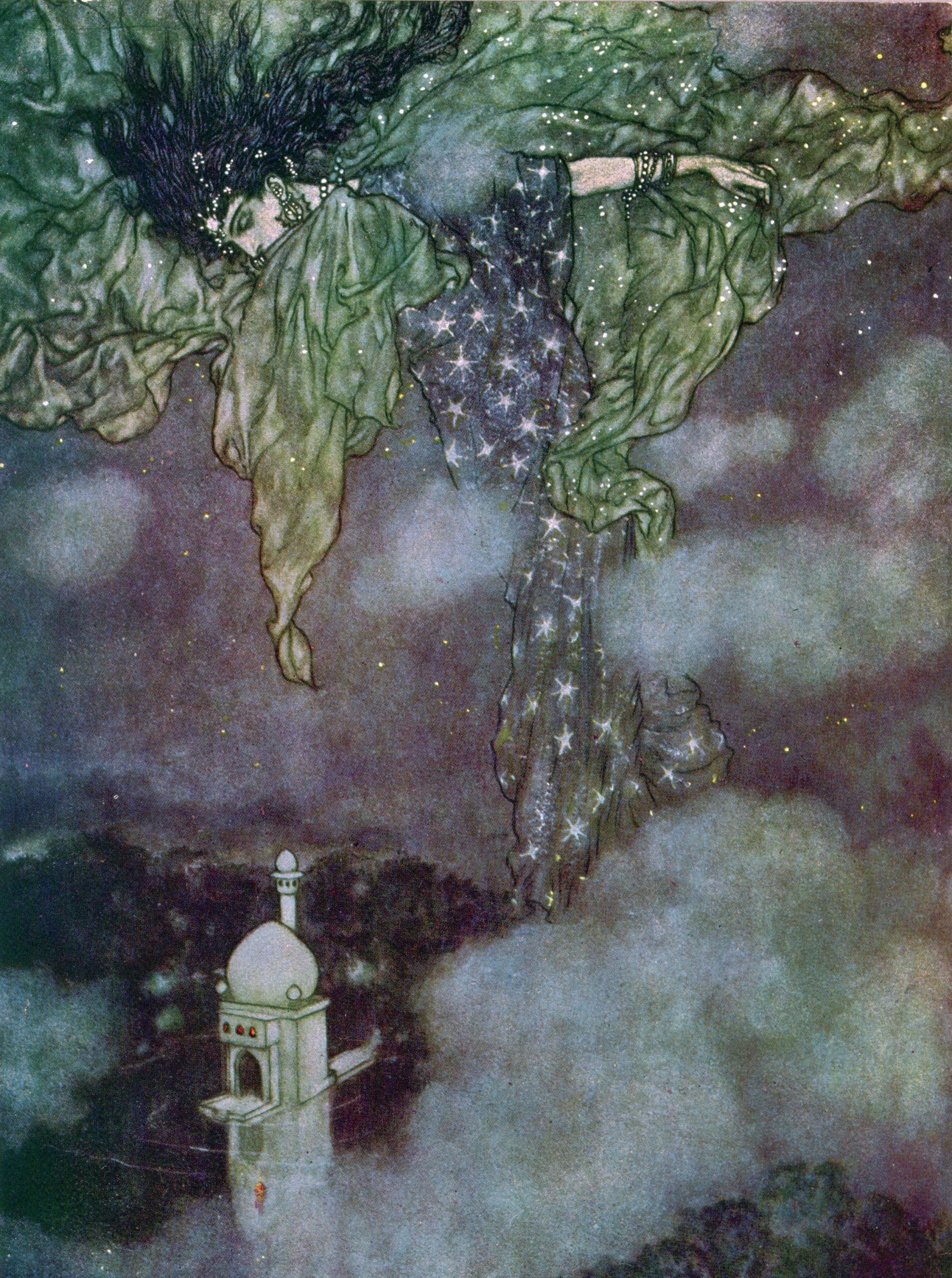
AQA (A) Literature: ‘Victorian literature’
Edward FitzGerald’s first shot at translating some poems of Omar Khayyám (1048–1131) had a chancy start. In 1859 his loose translation of 75 quatrains by the Persian polymath was unsold for two years, and put in the bookseller’s ‘penny box’. But a copy was picked up by sympathetic hands, and since that lucky strike the Rubáiyát of Omar Khayyám has become extraordinarily well known all over the world. At least 900 editions have been printed in 85 languages, 130 artists have illustrated it, 150 composers have set it to music and it is quoted and loved by millions. It is one of the few truly global books of verse. Why has it done so well?
Your organisation does not have access to this article.
Sign up today to give your students the edge they need to achieve their best grades with subject expertise
Subscribe




